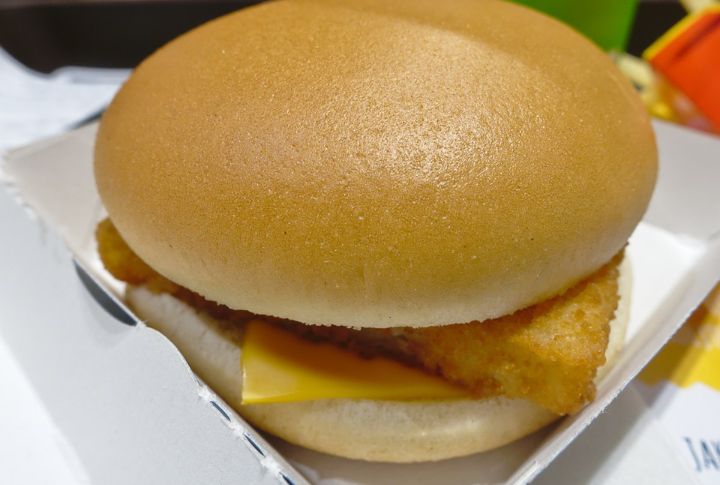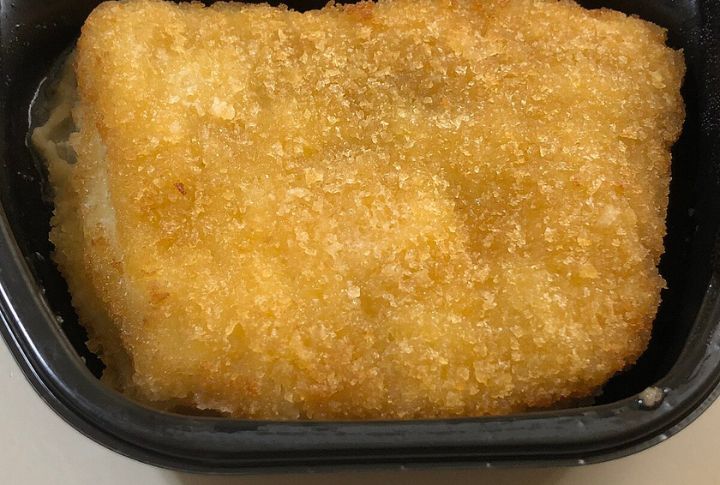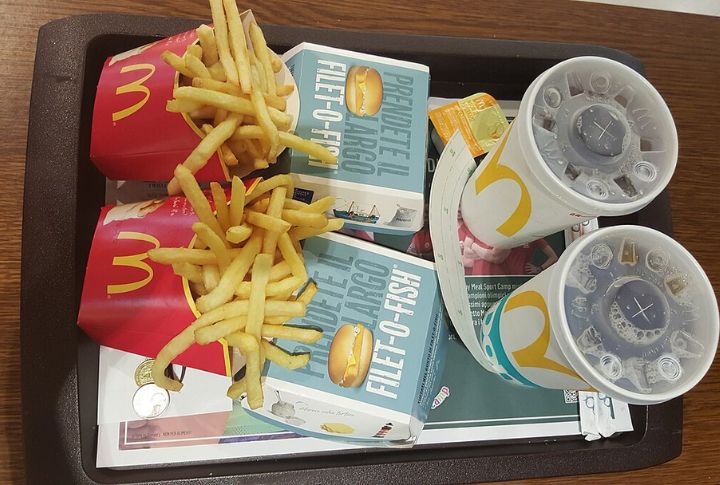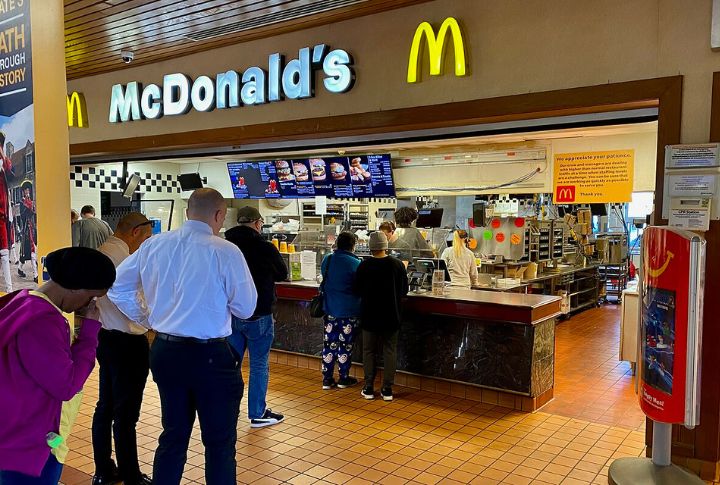
McDonald’s Filet-O-Fish may not have the bold appeal of a Big Mac or the loyal fanbase of Chicken McNuggets, but this sandwich has a fascinating story all its own. Behind its soft bun and crispy fish lies a rich history involving religion, global sustainability, and even a quirky rivalry with pineapple. Here’s everything you never knew about McDonald’s iconic Filet-O-Fish sandwich.
A Solution to Meatless Fridays

In the 1960s, Lou Groen, a McDonald’s operator in Cincinnati, struggled with declining sales on Fridays due to Catholic customers abstaining from meat. His solution was a fish sandwich that would align with religious practices. Groen’s innovation was so successful it earned a permanent spot on the menu.
The Hula Burger Faceoff

When Groen pitched the Filet-O-Fish to McD’s founder, he found out that Kroc had his own contender: the Hula Burger, made of a slice of pineapple and cheese. The two sandwiches went head-to-head in a sales contest. The result? The Filet-O-Fish sold 350 units, while the Hula Burger managed just six. The rest is history.
From Halibut to Pollock

The original Filet-O-Fish was made with halibut, but over time, they switched to cod, then New Zealand hoki, and finally settled on wild-caught Alaska pollock. The transition was driven by a need for sustainability and a consistent supply of high-quality fish.
The Mystery of the Half-Slice of Cheese

Ever notice that the Filet-O-Fish only has half a slice of cheese? It’s not a cost-cutting move, but a thoughtful decision. McDonald’s explains that the smaller cheese portion is there to enhance the fish’s flavor without overpowering its delicacy.
Lent Turns It Into a Star

While available year-round, the Filet-O-Fish truly shines during Lent. Nearly 25% of its annual sales happen during this period, as customers observing meat abstinence flock to the sandwich for their fast-food fix. It’s a good time for the food chain to experiment with the sandwich.
A World of Variations

If you’ve ever ordered a Filet-O-Fish abroad, you might have noticed some changes. In France, Spain, and Belgium, the sandwich is called the “McFish” and swaps the tangy tartar sauce for ketchup. Cheese is often omitted entirely. These tweaks cater to local tastes while maintaining the sandwich’s essence.
Certified Sustainable

The Filet-O-Fish isn’t just delicious—it’s also eco-friendly. McDonald’s sources its fish from sustainable fisheries certified by the Marine Stewardship Council. This commitment ensures that the sandwich is as good for the planet as it is for your taste buds.
Loved Across Cultures

Though born from Christian traditions, their sandwich has become a favorite among other communities as well. Its fish-based protein aligns with Jewish kosher and Muslim halal dietary laws, which makes it a quite favored option for a diverse customer base.
Nutrition You Can Live With

For a fast-food item, the Filet-O-Fish is relatively moderate. At 380 calories, it’s a lighter choice compared to other McD items. With 16 grams of protein, it becomes more than just comfort food—a reasonable option for people who’re keeping an eye on their macros.
The Fight to Protect Its Name

McDonald’s takes the Filet-O-Fish seriously—so much so that in 2019, it sent a cease-and-desist letter to a Canadian restaurant using a similar name for its sandwich. An incident like this one shows just how protective McDonald’s is of this 60-year-old icon.
